Cropland Irrigation Management
Purpose/Function:
Cropland irrigation management is used to decrease climatic variability and maximize crop yields. The potential nutrient reduction benefit stems not from the increased average yield (20 to 25 percent) of irrigated versus non-irrigated cropland, but from the greater consistency of crop yields over time matched to nutrient applications. This increased consistency in crop yields provides an increased consistency in plant nutrient uptake over time matched to applications, resulting in a decrease in potential environmental nutrient losses.
Initiation protocol:
Irrigation water management involves an array of methods to reduce water use. In Maryland, a method of reducing water use is to retrofit or replace center-pivot or other sprinkler systems with low-pressure sprinkler equipment.
Public acceptance:
N/A
Implementation Factors (level of difficulty):
Difficult.
Funding Sources / Options:
Funding provided by Farm Bill programs and only covers retrofits, not the cost of new unit installation.
Costs:
Costs estimated as $ per acre of practice installed.
| Cost Estimates | EPA | MDA | Average |
| Initial | $- | $9,600 | $4,800 |
| Annual | $30 | $30 | |
| Lifespan (yrs) | 1 | 10 | 6 |
| Annualized | $30 | $960 | $902.73 |
Note: MDA indicates that their cost estimate should be used.
Load Reduction Efficiency:
The current effectiveness value for this practice has been proposed at 4 percent total nitrogen, zero percent total phosphorus and zero percent total suspended solids.
Average Total Nitrogen removed per acre of practice per year
|
Low 0.34 lbs. |
Medium 0.43 lbs. |
High 0.880 lbs. |
Cost per pound removed between $1,088 and $2,848
Average Total Phosphorous removed per acre of practice per year = 0 lbs.
Cost per pound removed = N/A
Average Total Suspended Solids removed per acre of practice per year = 0 lbs.
Cost per pound removed = N/A
Operation & Maintenance:
Reducing irrigation water use entails more than a change in equipment. Irrigating crops only when and where needed requires measuring or estimating how much water crops need at different stages of growth and how long it takes the soil to absorb the right amount of water.
Climate Change Considerations:
Irrigation management presents opportunities for energy savings associated with low-pressure sprinkler equipment and modern energy-efficient pumps. In short, it takes energy to supply irrigation water and, generally, the less water used, the more energy saved.
Planning Questions to Consider:
Farmers and crop consultants must be able to detect changes in water uptake rates and decide when and how to compensate by adjusting the irrigation volume or schedule.
Technical Notes:
Another objective of irrigation management is to prevent irrigation-induced soil and water quality problems such as salinity, soil erosion or leaching of nutrients or pesticides into groundwater. Crop managers must understand the potential for these problems to occur and address them as needed.
Related Best Management Practices
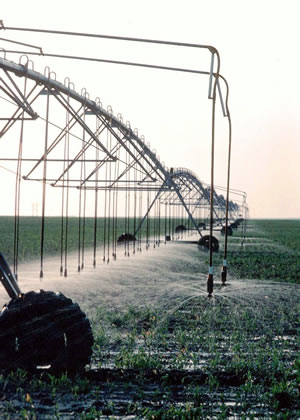
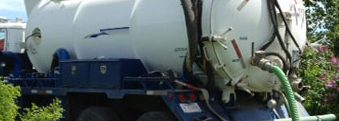


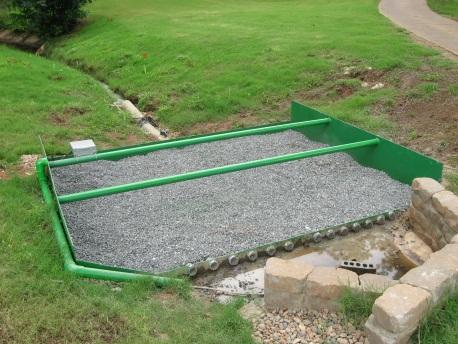
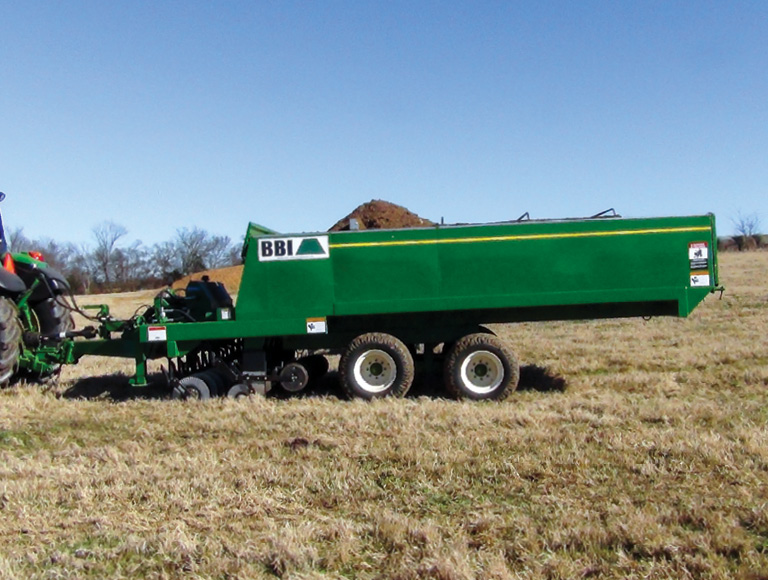
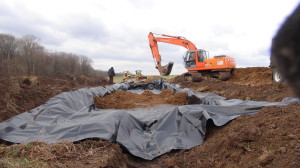
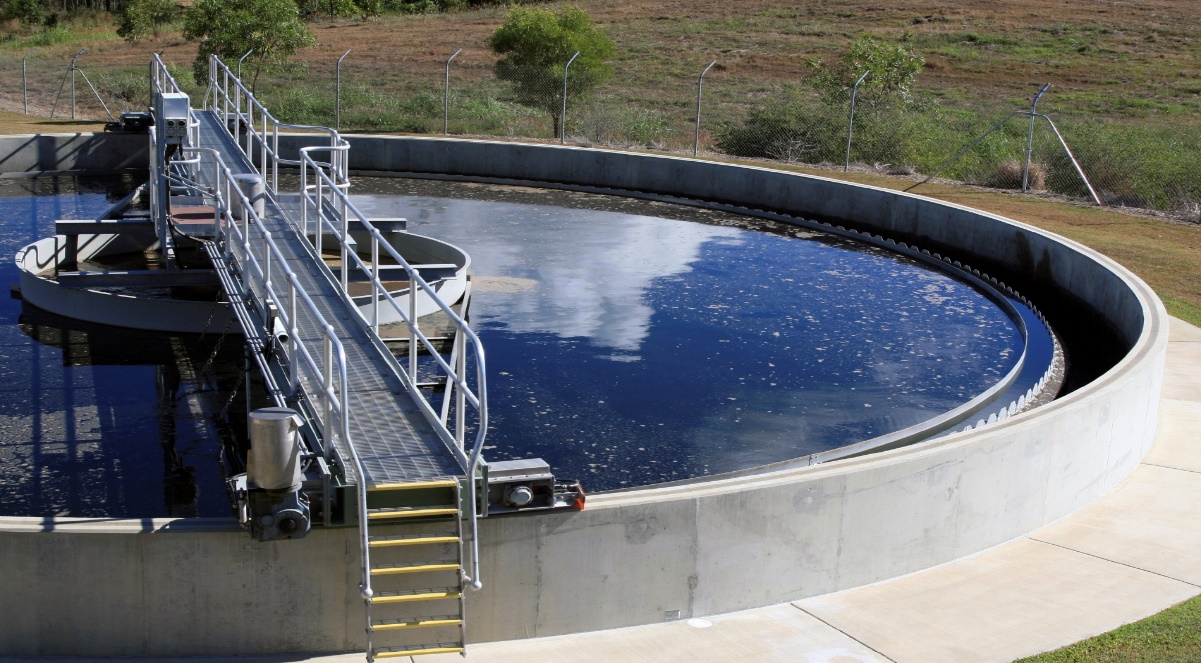




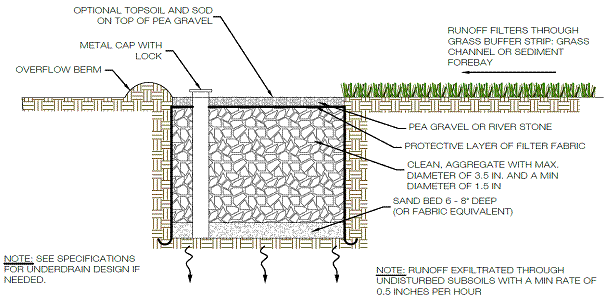
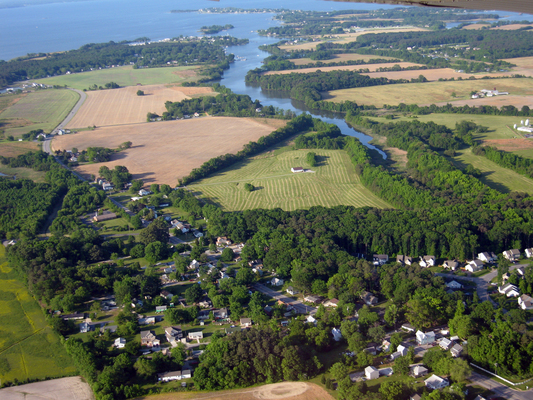
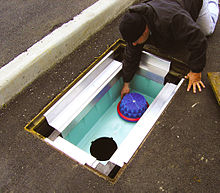
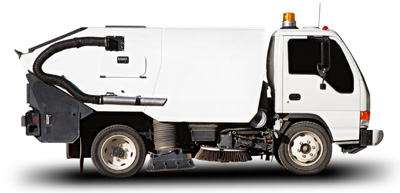
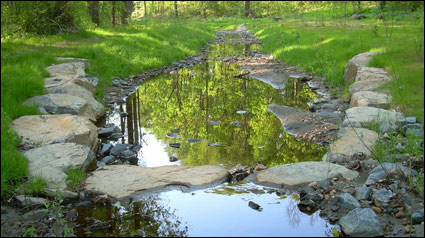
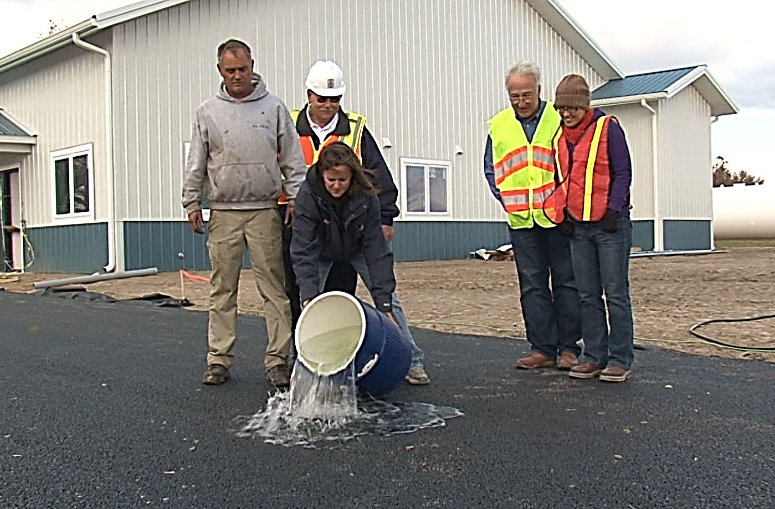
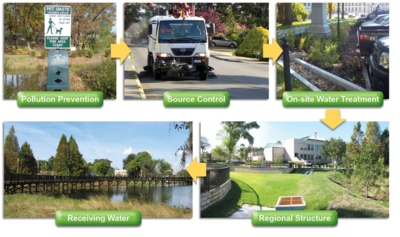


Feedback on This Best Practice